2019 has been another tough year for Australian farmers. According to the Bureau of Meteorology, 2018 was the third hottest year on record for the nation, as rainfall deficiencies spanned back to early 2017 for New South Wales, Queensland and South Australian parts of the Murray–Darling Basin. In addition, November 2019 rainfall was lowest on record for Australia, for that month.
Victoria's Gippsland Vegetable growers
In March, FreshPlaza visited the region in the state's east where one story was all too common; vegetable farmers were facing the prospect of not being able to farm, because there was not enough water to keep the plants alive. Most of the season was on restricted water supply from the Mitchell River, but it eventually was cut off completely.
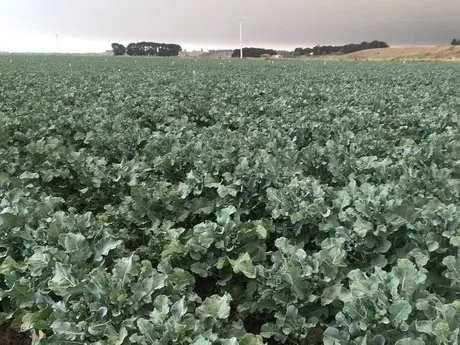
Farmers and local representative bodies were calling for urgent water security, to protect them in the upcoming season. Fortunately, less than a few weeks after publishing the story, the Federal Government came to the assistance of the salad and vegetable producers in the Lindenow Valley, with the announcement of $10 million to help provide water security.
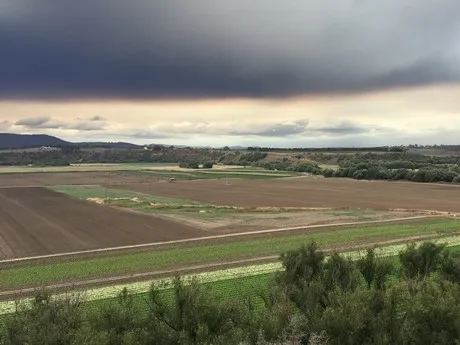
Frais Farms was another feeling the drought conditions, also facing the prospect of halting the season's production, unless significant rain arrives. Director Kim Martin explained the move out of the value-adding processing space, to increase its focus on growing organically.
Queensland's Granite Belt Farmers
Another area feeling the pinch from the drought was Queensland's Granite Belt. Peak horticulture body, Growcom reported that the region has really been hard hit, and for the first-time vegetable growers have not planted a summer crop. Tens of thousands of fruit trees are being ripped up from local orchards. In addition, growers estimated they would be spending $100 million less than normal on wages and with business in town.
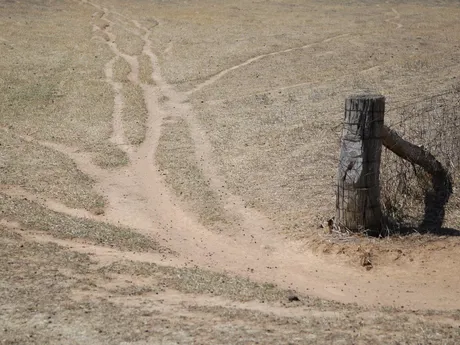
Photo credit: Department of Agriculture and Water Resources
It comes as the latest Agtrends report found that the 2019–20 total value for primary industry commodities is forecast to be $17.8 billion - which is five per cent less than the April 2019 estimate, and six per cent less than the average for the past five years.
Tasmanian Bushfires
The state was experiencing its second warmest summer on record, when a series of fires broke out in January, burning a total of 210,000 hectares and putting communities, including some fruit growers at risk. The fires in the Houn valley, Gell River area and the Central Highlands, were definitely a concern, but fortunately did not have a significant impact on production. The cherry season was finished, and apple growers were packing from the previous year's crop.
September Bushfires
Bushfire season on the mainland started early this year, with fires breaking out in several locations in northern New South Wales and southern Queensland, with five apple and stone fruit orchards have lost a few trees on their perimeters. Many fought hard to contain spot fires around the orchard, and were very fortunate to suffer no serious property damage.
Queensland and Northern NSW Fires
A ‘Catastrophic’ danger rating was issued as fires burnt on many fronts in Queensland and Northern NSW, in mid-November. The Australian Banana Growers Council reported five banana growers were affected, mostly on the New South Wales mid north coast; two have lost all their bananas and infrastructure and others have suffered significant loss.
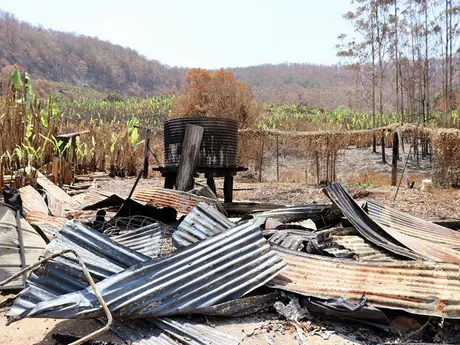
Photo: Farm damage on NSW North Coast (credit: ABGC)
The Australian Mango Industry Association says there was minimal impact to one grower in the Yeppoon area, in Central Queensland, from the bushfires. But a pineapple grower in the same area was not so lucky. The Brooks family farm lost not just its crop, but an estimated million dollars' worth of sheds, machinery and equipment.
Some produce bucking the trend
While the hot and dry conditions are proving logistical challenges for farmers' growing and harvest periods, some of those who are able to get fruit to market are reporting that the weather has led to an increase in quality. One of those was Gavin Scurr from Pinata Farms, who is promising consumers exceptional eating experience for his pineapples.
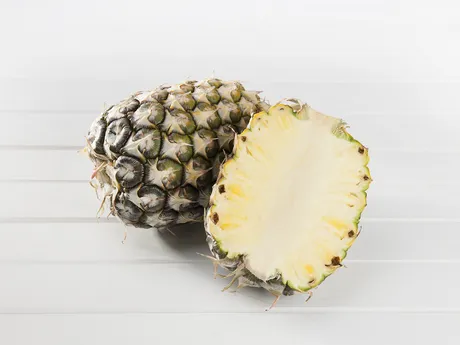
While Antico International says cherry sizes and volumes are still average compared with previous years, but the quality is much better that previous years, and this may be down to the dry weather.
All in all, farmers all across Australia have one wish from Santa this Christmas - rain, and plenty of it!
